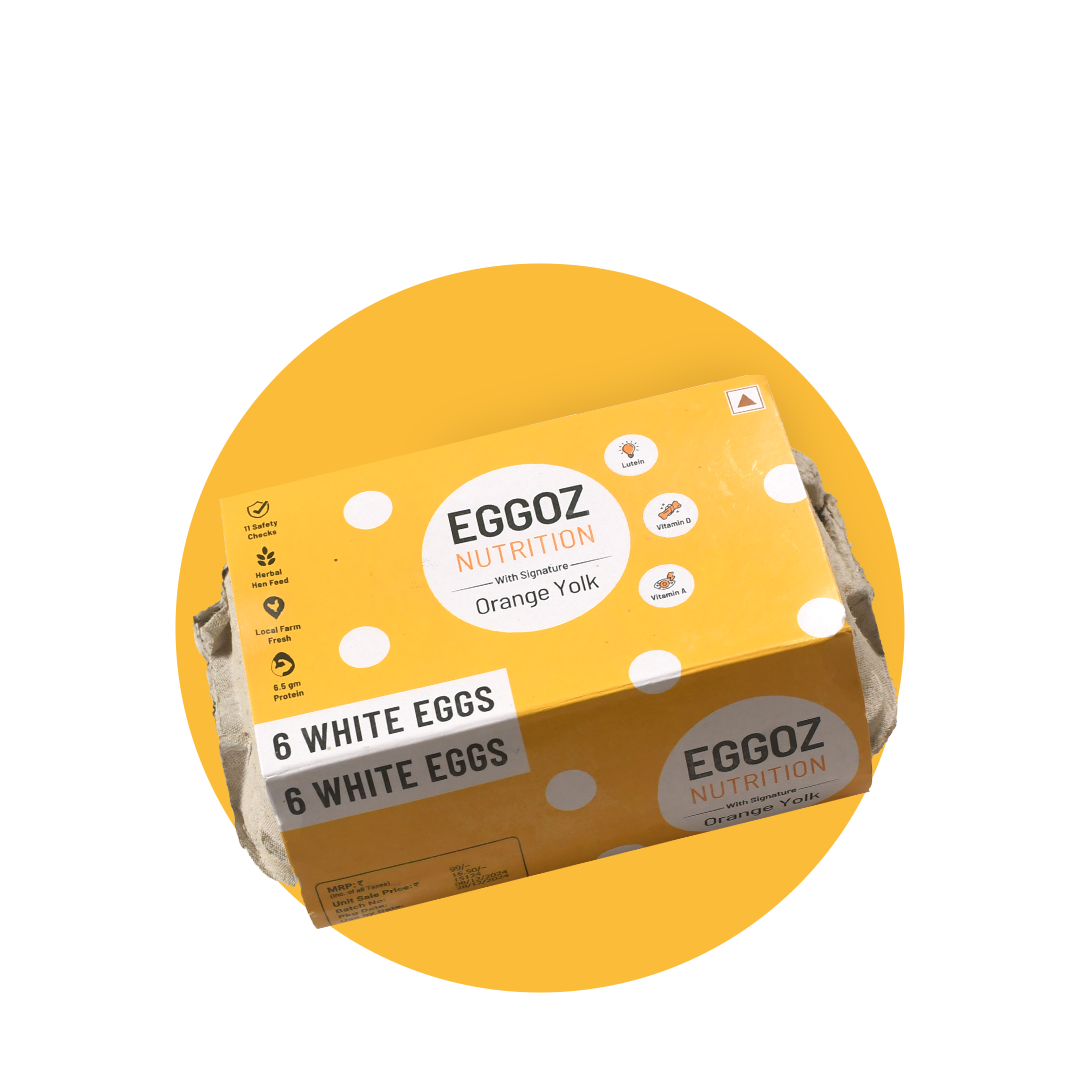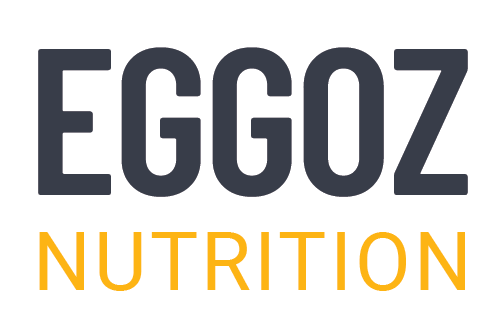Have you ever wondered if skipping breakfast could actually be good for you? Or maybe you've heard friends talk about intermittent fasting myths and thought, "Is that something I should try?"
It's a hot topic these days, with lots of people saying it's great and others not so sure.
Well! Eggoz, a prominent egg brand in India, is determined to debunk these myths by providing clarity and evidence-based facts. This blog dives deep into the world of intermittent fasting, separating the Fasting Facts and Myths while highlighting the true Benefits of Fasting.
What is intermittent fasting? What are myths and realities?
Intermittent fasting has taken the world by storm, offering a refreshing take on how we view dieting and nutrition. However, with its popularity, numerous intermittent fasting myths have also surfaced, often overshadowing the benefits of fasting.
Let’s debunk these myths with facts to provide a clearer understanding of what intermittent fasting truly entails.
1. The Breakfast Myth
Myth: Intermittent fasting essentially means skipping breakfast.
Fact: The notion that intermittent fasting equates to skipping breakfast is a common misconception. In reality, it is about timing your meals to allow your body periods of rest from digestion. It’s not about which meal you skip but rather about the length of your fasting window. Whether you choose to skip breakfast or dinner depends on your personal schedule, preferences, and health goals.
2. The Miracle Cure Myth
Myth: Intermittent fasting is the miracle cure for weight loss.
Fact: While intermittent fasting can be an effective strategy for weight reduction, it's not a one-size-fits-all solution or a "miracle cure" for obesity. The success of fasting in terms of weight loss varies from person to person, influenced by factors such as lifestyle, diet quality during eating windows, and adherence to the fasting protocol. Best intermittent fasting for weight loss involves combining fasting with a balanced diet and regular physical activity to see significant results.
3. The One-Size-Fits-All Myth
Myth: All intermittent fasting is the same.
Fact: There's a rich diversity in the types of intermittent fasting schedules, tailored to fit various lifestyles and health goals. The popular 16:8 method involves fasting for 16 hours and eating within an 8-hour window, but other variations include eating windows that range from 12 to even just 1 hour. This flexibility allows individuals to choose an intermittent fasting schedule that best suits their daily routines, making it a versatile and adaptable approach to eating.
4. The Universal Solution Myth
Myth: Intermittent fasting is good for everyone.
Fact: Intermittent fasting isn't a one-size-fits-all solution. For individuals with a history of eating disorders, those who are underweight, or anyone in a frail state of health, fasting may not be advisable. Recognizing that intermittent fasting myths and facts can vary greatly depending on individual health situations is key to safely implementing this dietary approach.
5. The Eating Window Myth
Myth: You should eat anything you want during the eating window.
Fact: The eating window in intermittent fasting isn't an open invitation to indulge in unhealthy eating habits. Contrary to what some intermittent fasting myths suggest, the eating phases should consist of well-balanced, nutrient-rich meals. Consuming a diet rich in vegetables, fruits, proteins (like eggs from Eggoz Nutrition), and whole grains ensures that your body receives the essential nutrients it needs to function optimally.
What is an intermittent fasting diet?
Intermittent fasting encompasses a dietary approach that alternates between periods of eating and fasting, emphasising when to eat rather than what to eat. This regimen does not prescribe specific foods but rather instils a schedule, an intermittent fasting schedule, that encourages the body to burn fat as fuel, thereby potentially leading to weight loss and improved metabolic health. As seasons transition from the bloom of spring to the harvest of autumn, incorporating seasonal fruits, vegetables, and the versatile egg into your eating windows can enhance nutritional intake and support your fasting journey.
What is the Golden Rule of Fasting?
While some people express concerns, saying "intermittent fasting ruined my life," it's vital to understand that individual experiences vary greatly. Intermittent fasting myths and improper fasting methods often lead to negative experiences. The golden rule of fasting centres around mindfulness and moderation. It's not merely about refraining from food for a set period; it's about being cognizant of the quality and quantity of food consumed during the eating windows. This rule underscores the importance of:
- Hydration: Ensuring ample water intake to stay hydrated during fasting periods.
- Balanced Nutrition: Consuming a balanced mix of macros and micros when eating such as eggs, a high-quality protein source, alongside a variety of fruits and vegetables, can fuel the body with essential vitamins, minerals, and energy, thus optimising metabolism.
- Mindful Eating: The concept of best intermittent fasting for weight loss often revolves around not just when you eat, but also what you eat. Nutrient-dense foods enhance the fasting and feeding cycle, promoting satiety and supporting weight loss. Focusing on eating slowly and mindfully to enhance satiety and prevent overeating.
Personalization of Your Fasting Schedule
- Intermittent fasting schedule for women differs from that of men, considering women's unique hormonal balance and nutritional requirements. It's crucial to tailor the fasting window to suit these needs, potentially opting for shorter fasting periods and being mindful of the body's signals.
- Seasonality can influence the fasting experience. During warmer months, the body might crave more hydration and lighter meals during eating windows, whereas, in colder seasons, hearty, nutrient-dense foods like root vegetables and eggs become more appealing.
What is the Right Way to Fast?
The effectiveness of intermittent fasting hinges on adopting the right practices and understanding the benefits of fasting. Here’s how to navigate your fasting journey effectively:
- Right Time to Fast: Align your fasting period with your natural circadian rhythm. For most people, finishing dinner by 8 PM and breaking their fast around noon the next day works well.
- Breaking the Fast: Opt for a balanced meal with a good mix of protein, healthy fats, and fibres. Eggs, for their part, offer a perfect blend of essential nutrients, making them an ideal choice for the first meal. Combine them with vegetables and whole grains for a fuller, more balanced diet.
- Hydration and Beverages: Throughout the fasting window, stay hydrated with water, herbal teas, and black coffee. These can help curb hunger pangs and improve metabolism without breaking the fast.
Consistency and Flexibility
- Consistency in following an intermittent fasting schedule is essential for witnessing long-term benefits. However, flexibility is equally important to accommodate life’s various demands and special occasions.
- Listening to your body and adjusting your fasting method as needed is crucial. Fasting should feel sustainable; it’s not about pushing through hunger to the point of discomfort but about finding a balance that works for you.
What is the Best Hours to Fast?
Identifying the best intermittent fasting for weight loss or health improvements involves understanding the body's natural rhythms and how different fasting windows can influence metabolism, energy levels, and even mental clarity. Here’s an exploration of various fasting schedules and their potential impacts:
1. The 16/8 Method
- This method involves fasting for 16 hours and eating during an 8-hour window. It’s often hailed as the best intermittent fasting for weight loss due to its balance between fasting and feeding.
- Ideal for: Those looking to lose weight without drastic changes to their diet or daily routine. Incorporating a balanced diet rich in proteins, healthy fats, and fibres during the eating window maximises the benefits of fasting.
2. The 5:2 Diet
- Involves eating normally for 5 days of the week and reducing calorie intake to 500–600 calories for 2 non-consecutive days. This approach focuses more on calorie restriction than specific fasting hours.
- Ideal for: Individuals who prefer not to watch the clock and are capable of handling short-term calorie restriction.
3. Eat-Stop-Eat
- Entails a 24-hour fast once or twice a week. It’s a straightforward approach but can be challenging for beginners.
- Ideal for: Experienced fasters seeking to push their limits or overcome plateaus in weight loss.
4. The Warrior Diet
- Consists of eating small amounts of raw fruits and vegetables during the day and one large meal at night within a 4-hour eating window.
- Ideal for: Those who prefer eating at night and are able to sustain long fasting periods during the day, allowing for a significant caloric deficit.
Conclusion
Intermittent fasting, when done correctly, can be a powerful tool for improving health and wellness. It's not merely a trend but a scientifically-backed approach that, when integrated into a balanced lifestyle, offers numerous health benefits. Eggoz Nutrition offers high-quality, nutrient-rich eggs that are a perfect complement to any fasting schedule. With the convenience of being able to buy eggs online, Eggoz ensure you to achieve your fasting and wellness goals with ease.Whether you're exploring intermittent fasting for weight loss or for its potential health advantages, it's essential to approach it with knowledge, preparation, and a clear understanding of the Fasting Facts and Myths.


